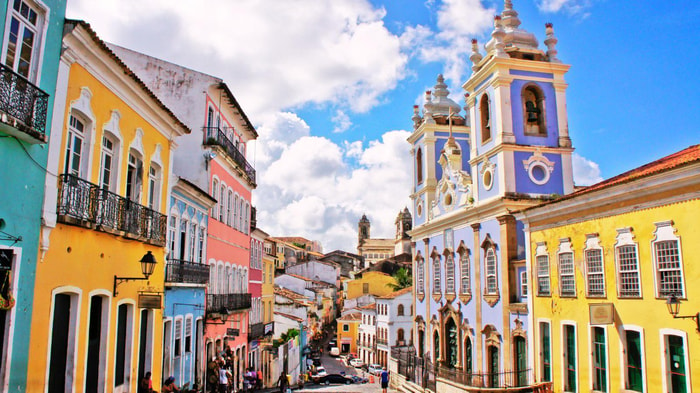Secrets of the South American Coast
30
Leaving from:
Salvador de Bahia
Cruise ship:
SH Vega
Visiting:
Salvador de Bahia •
Itacare •
Abrolhos Archipelago •
São Paulo •
From
Price shown provided by:
Swan Hellenic
Swan Hellenic cruise line takes pride in providing elegant cruises that sail their guests to far-flung destinations across the world such as New Zealand and the Arctic. With over 70 years of experience, enjoy a sophisticated and comfortable atmosphere onboard Swan Hellenic cruises, with some truly remarkable visits to less-accessible polar regions and plenty of lesser-visited ports worth seeing.
152
Passengers
120
Crew
2022
Launched
10500t
Tonnage
115m
Length
23m
Width
15kts
Speed
9
Decks
USD
Currency
Cruise Itinerary
Day 1
Salvador de Bahia, Brazil
Day 2
Itacare, Brazil
Day 3
Abrolhos Archipelago, Brazil
Day 4
São Paulo, Brazil
Day 5
Salvador de Bahia, Brazil

Day 1
Salvador de Bahia, Brazil

Day 2
Itacare, Brazil

Day 3
Abrolhos Archipelago, Brazil

Day 4
São Paulo, Brazil

Day 5
Salvador de Bahia, Brazil
Ship Details

Swan Hellenic
SH Vega
Making her maiden voyage in July 2022, our 5 star elegant Scandi-design boutique ship offers you an intimate setting from which you will be fully immersed in all the sights and scenery of your voyage.
For now, sit back, relax and take a moment to get to know your expedition ship.
Cabins
All Prices
